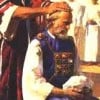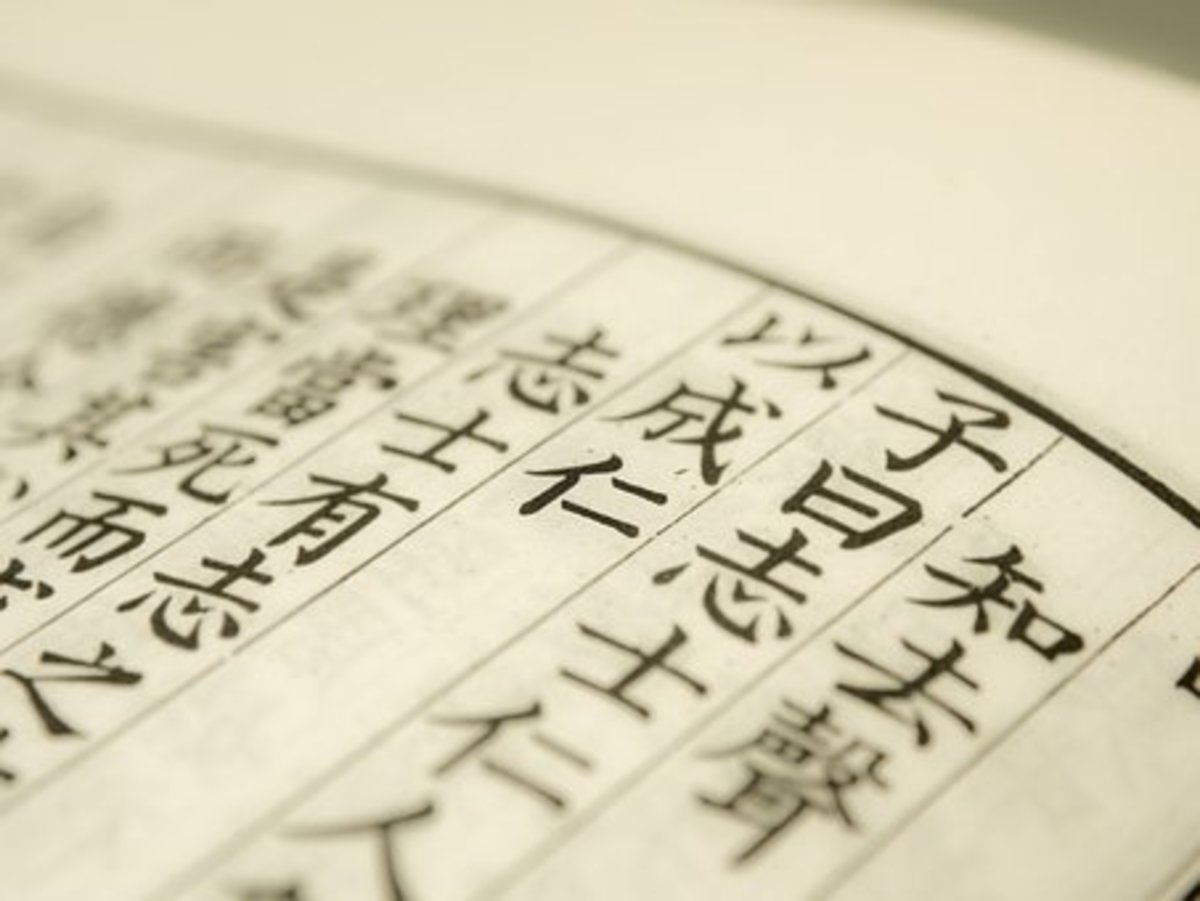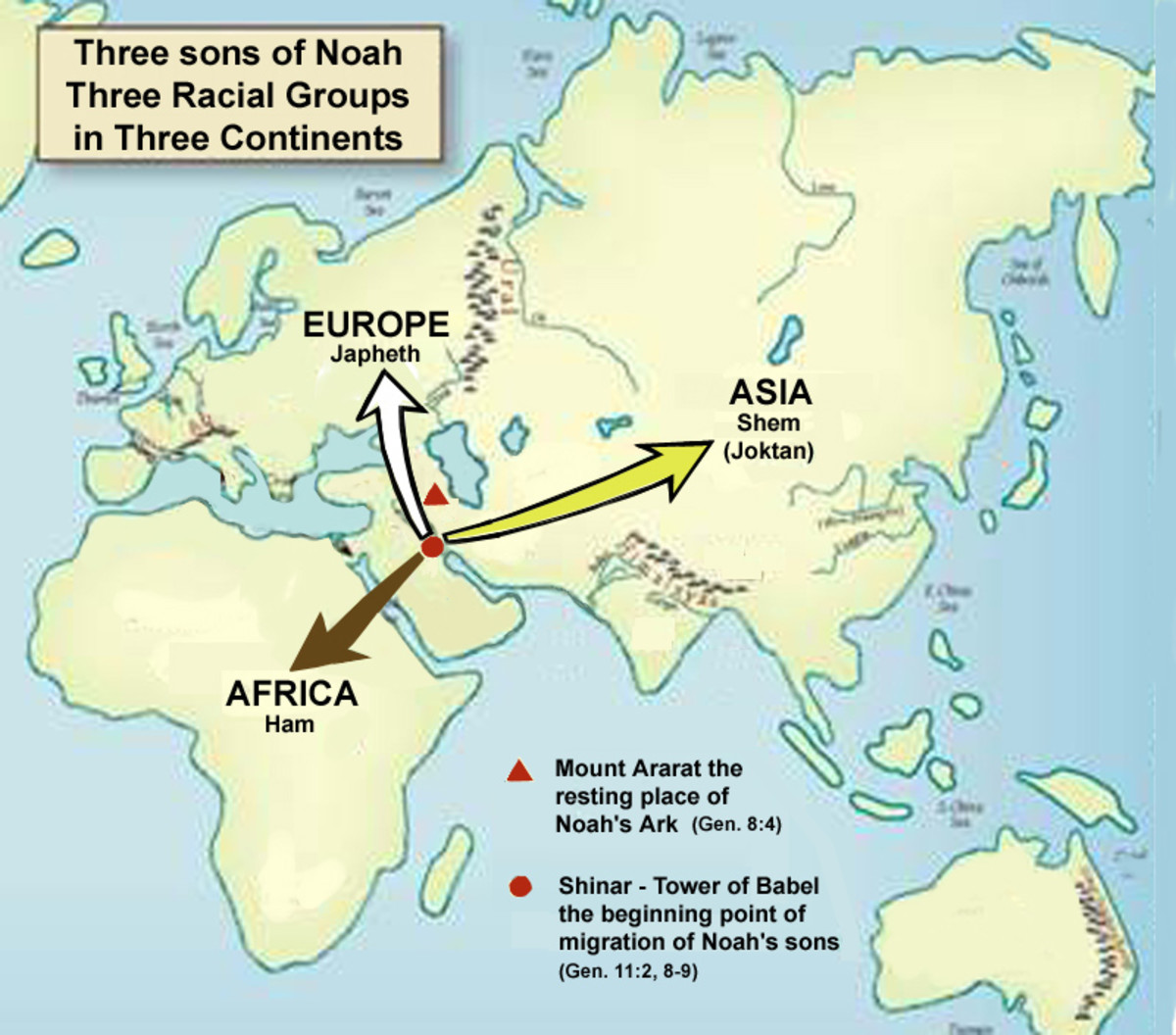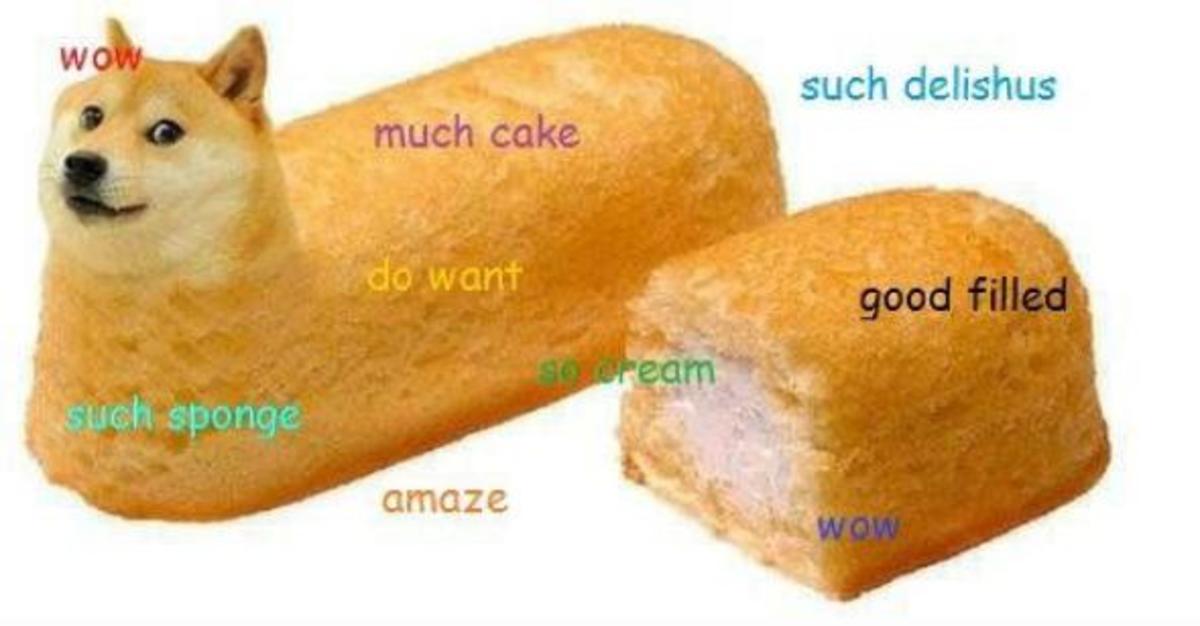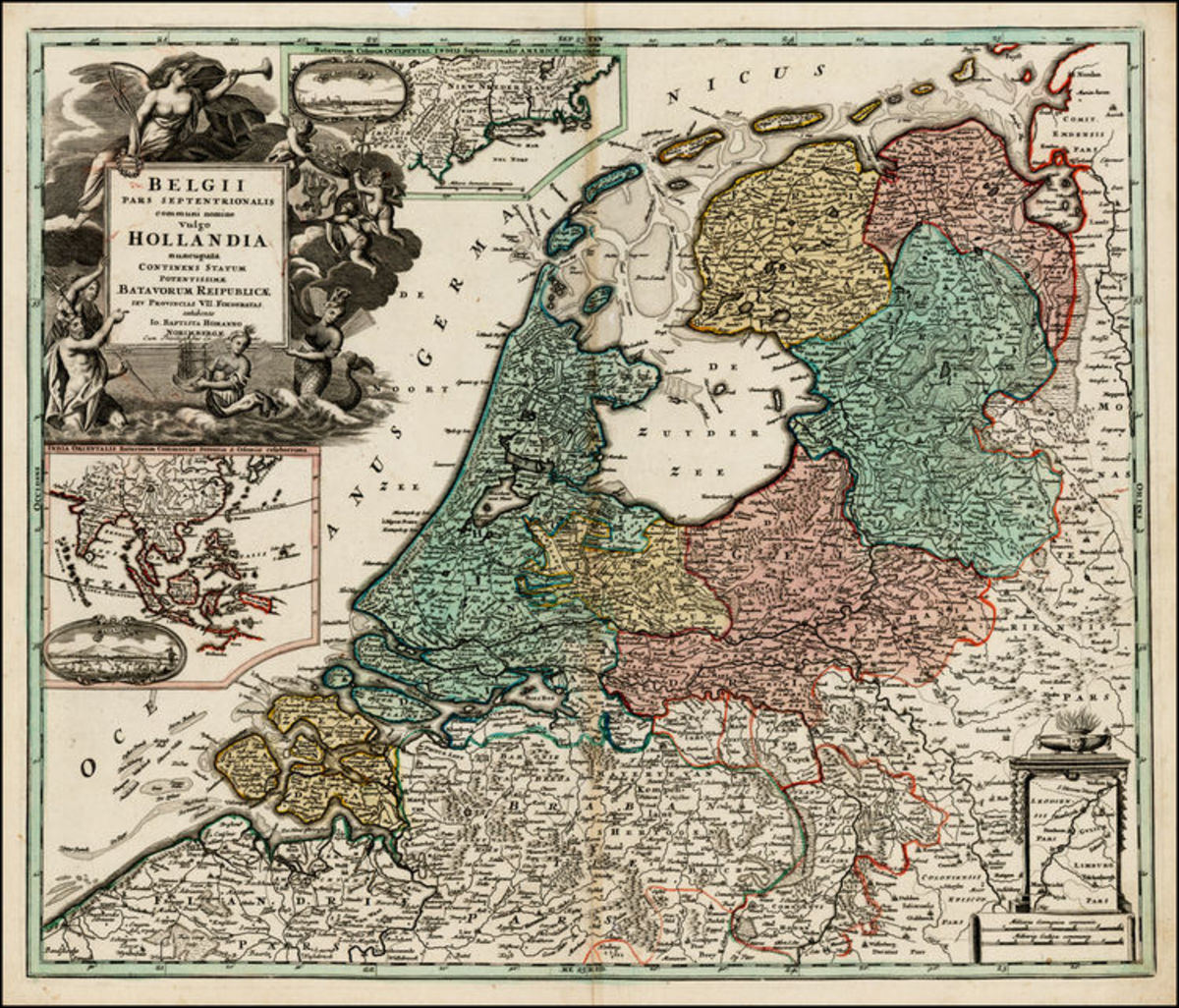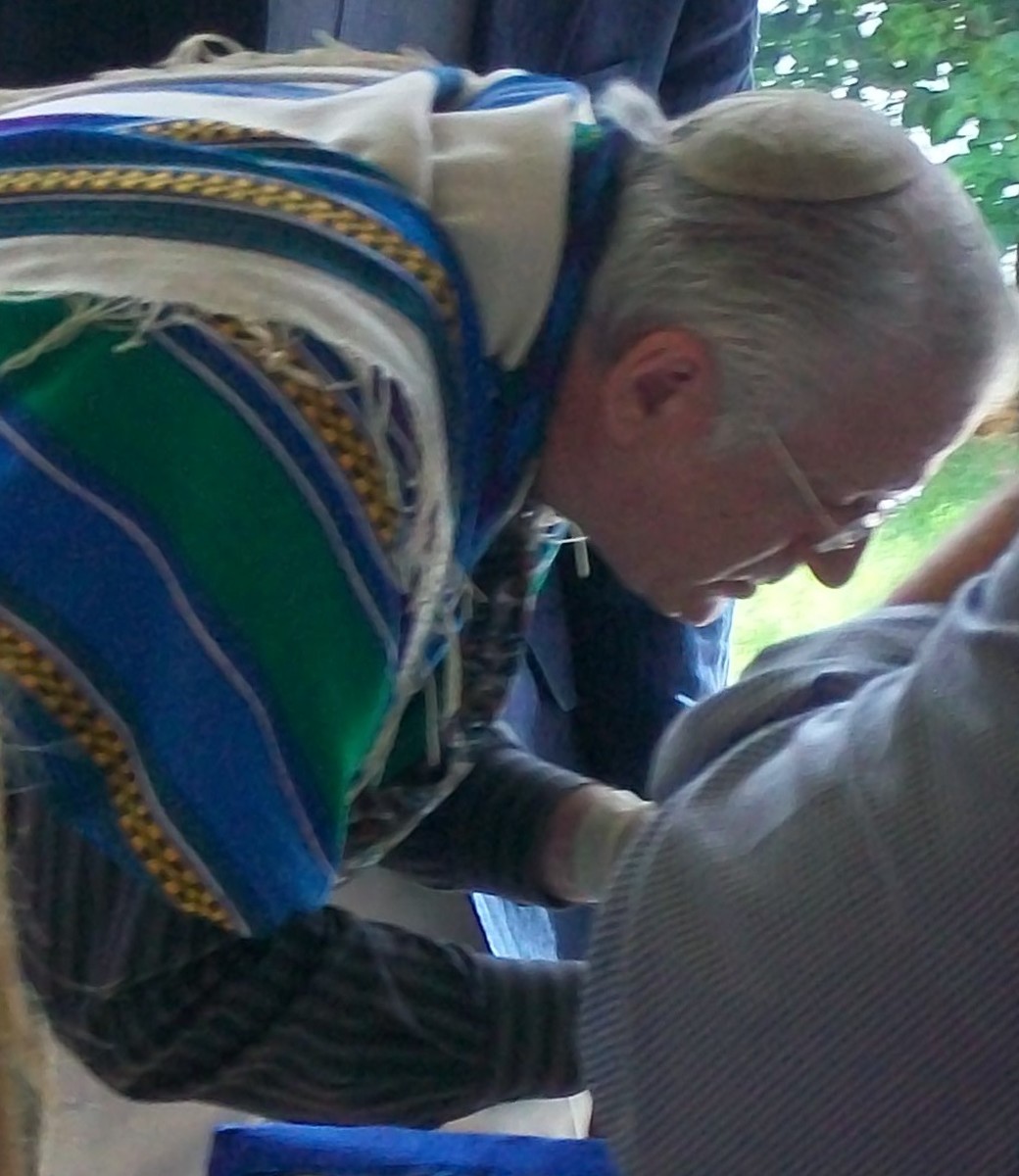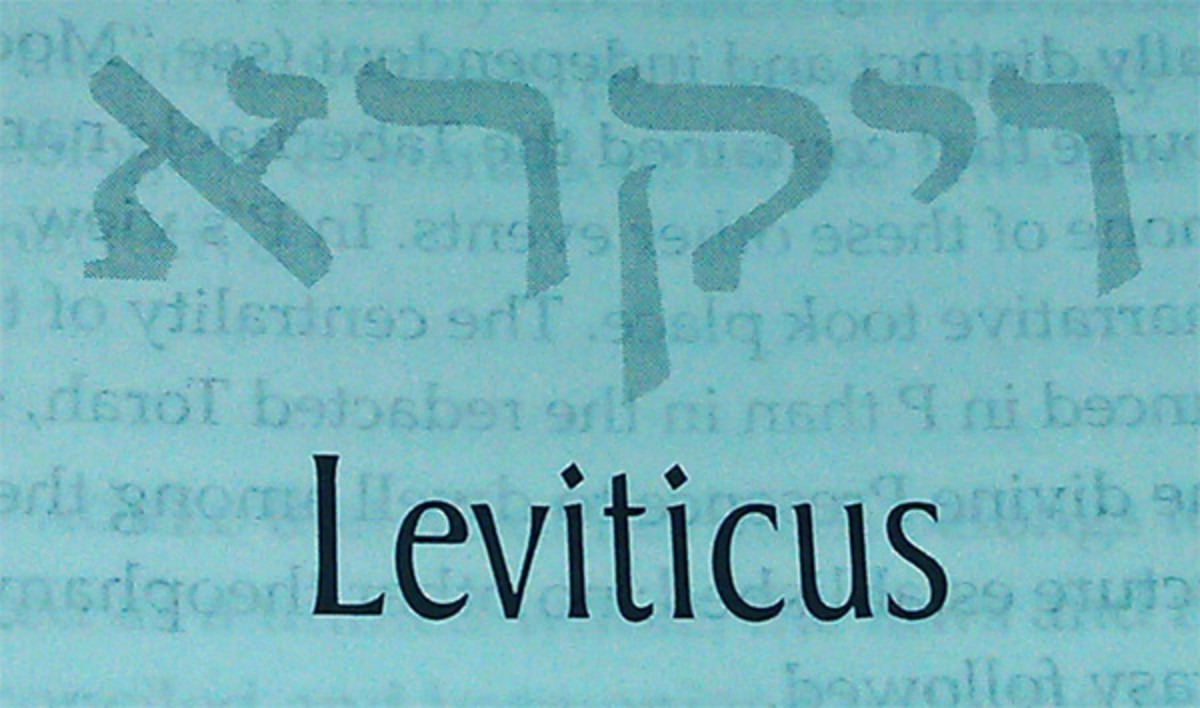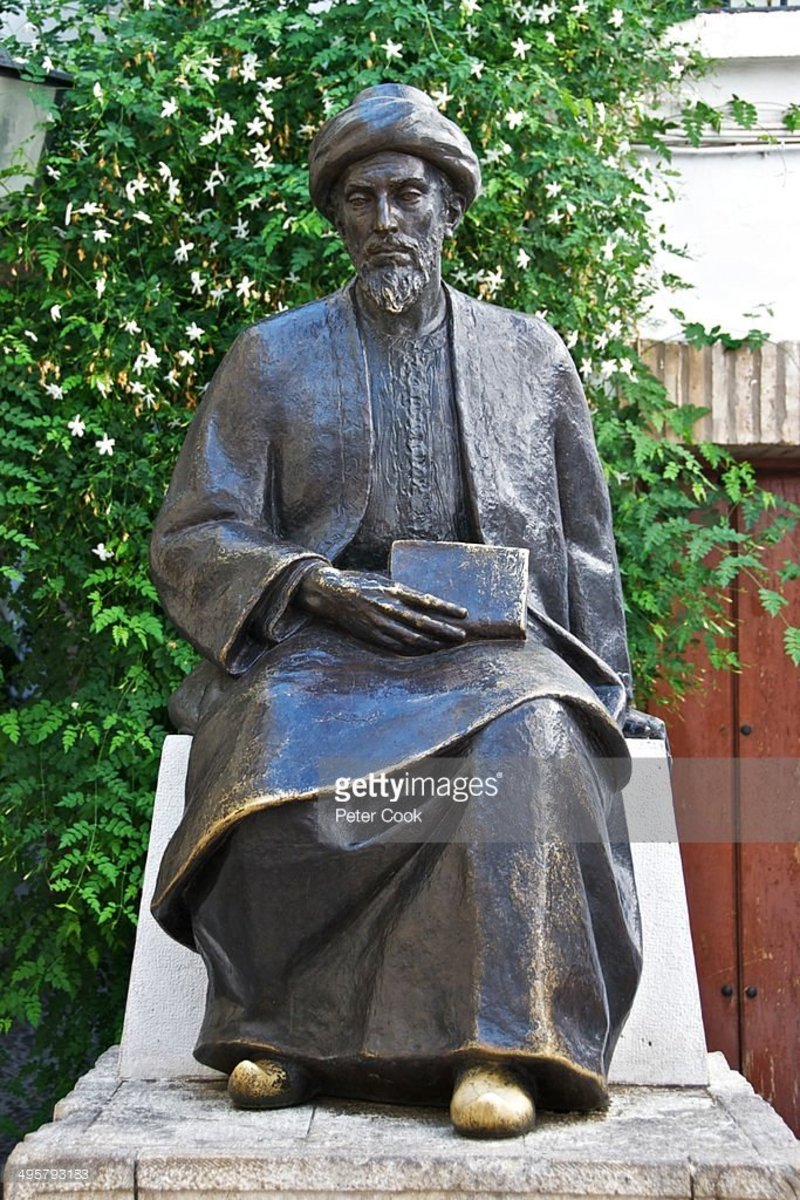A Message Through Time
Breaking the Code
Cryptic paintings, Latin verse, hidden societies, anagrams, and a concealed hereditary bloodline; No, I'm not writing about the Da Vinci Code. Call it the Kahana Code perhaps, but unlike Dan Brown's novel, this is not fiction, or speculation but a matter of fact. Every family has a skeleton or two in the closet, a relative with a mysterious past, some for better or worse but none so much as the Kahana family. As has been indicated in my previous hubs we would appear to have far more than our share. The picture below is the coverplates of the Clavis Talmudica and its here that I will begin my tale of mystery and suspense and where you can help in resolving some of the vacuoles that still persist in my attempts to decipher my ancestor's message. Because somewhere, in this world are other families that would have been involved in the transmission of these hidden messages and their ancestors like mine would have been aware of his purpose and intent. It would be very narrow minded of me to think that he had done so only with the sole purpose of hoping one of his descendants would find the riddle, although considering his own personal history it is a possibility.
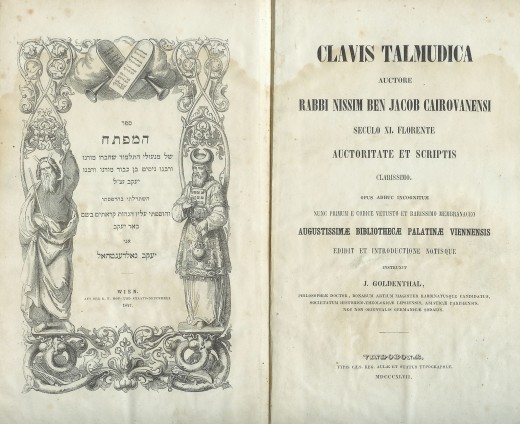
Background to a Mystery
Cryptic messages passed down through the ages was nothing unusual in my family. As I mentioned in an earlier hub, http://hubpages.com/hub/Incredible-Journey , my third-great grandfather Jakob Goldenthal discovered a set of books and papers that had been hidden in his home which subsequently turned his world 180 degrees and set him upon an amazing journey. In that paperwork he uncovered a story concerning the involvement our ancestor from the 16th century who was involved in resolving the mystery behind the Golem of Prague as described in Shadows of Trinity. He would have learned of his ancestor Yakov's (they bore the same name) ability to decipher signs and riddles, a trait that he too possessed. And most of all, he learned of his Karaite heritage and the plea from an ancestor long gone not to abandon that heritage.
Of course one might say that it's only a story and that there's no way of proving these events one hundred and forty years after Jakob Goldenthal's death. Any stories he told may be distorted or falsified after so many years. There couldn't possibly be any means by which to demosntrate its veracity. Or could there be? Just like the Da Vinci Code, there always has been a trail left by my ancestors. In most cases it resembles more a trail of breadcumbs than a well signposted pathway. And that is where GLEEM (http://hubpages.com/hub/GLEEM) becomes involved or Genetically Linked Enzyme Enhanced Memories. As I pointed out in that article as a family ancestors and descendants tend to think alike. They create puzzles with the knowledge that others that think in similar patterns would ultimately be able to decipher and resolve the challenge. Not unlike the Kabbalah Wheel in Shadows of Trinity where Yakov has to understand how to translate the various languages and symbols, Jacob would have been able to do likewise. And safe in that knowledge he would have found ways to tranfer the stories he had uncovered to ensure that they never got lost by knowing at some time in the future one of his descendants would also the knack to break his hidden codes. The same way that Yakov (Kova) was comfortable in speaking German, Hebrew, understanding Latin, and a smattering of other languages, he knew this knack would be transmitted down the genetic lines. And it was Jakob over two hundred years later also being fluent in a number of languages; German, Hebrew, Arabic, Latin, Italian, Romanian, Russian, and a smattering of French and English that provided me with the first clue. Because like them, I also am familiar with the same languages and that is too much of a coincidence. It was the first indication that something more was at work.
The coverplate in the figure above is an example of Jakob Goldenthal's writings. He was an avid researcher and writer, a trait which I obviously inherited as well. Working outside the religious sphere and in the more secular university environment, Jacob would combine languagues in a single book making a smooth transition back and forth. Depending on his audience, it donned on me that he could easily conceal any of his messages amongst the secondary language that would often be skimmed or not even looked at by the reader who's strength may have been only in one language. Only someone looking for the messages would find it and from his own early history I suspect that he knew this was a shared trait in the family and he calculated that someone like myself would come searching in the future.
The Latin side of the coverpage appears to be quite straight forward. The title Clavis Talmudica translating as "Key (as in Index) to the Talmud" by author Rabbi Nissim Ben Jacob Cairovanensi would not raise any alarm bells. His page announces Rabbi Nissim was both the author and writer. So where's the problem or hidden message one might be asking. The message is on the left side of the cover page which is the side written in Hebrew. I don't expect you all to be fluent in either Latin or Hebrew so even though I'm far from fluent, like my ancestors it would appear that I have some knack for languages.
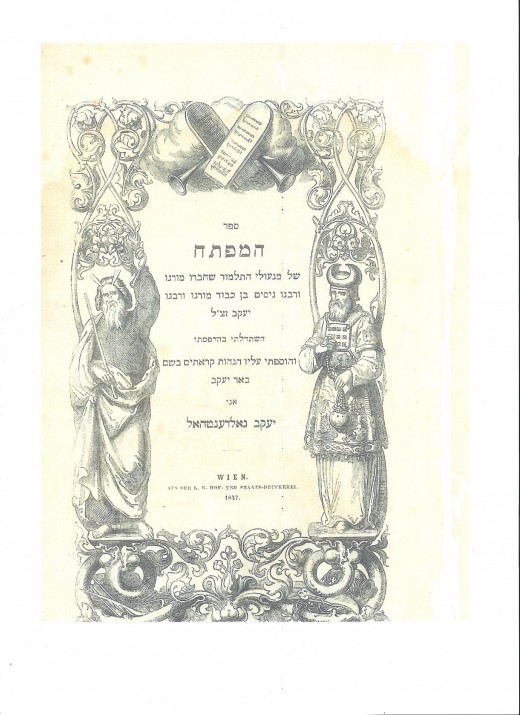
It is critical to appreciate that the choice of words used by Jakob were just as important for what they didn't say as what they did say. Right from the start he is inserting additional words. The Latin side with its title of The Talmud Key indicating an index is different from that of the Hebrew version. There it says that it is The Book Of the Key to My Lock on the Talmud. The insertion of MANULI for those reading the Hebrew is interesting for two reasons. One that it doesn't appear in the Latin Verse and secondly because of his indication of possession as it being His Lock. A clear indication that he wasn't referring to a generalized interpretation.
Moses and Aaron
As if the controvery regarding Rabbi Nissim wasn't strange enough on the Latin coverpalte, Jakob goes further in causing confusion on the Herbrew coverplate using a reference to "our colleagues" in the context of a brotherhood when he uses the word SHEHAVARU when alluding to who's Talmud it actually was. A strange use of the word and even more bizarre when he follows with the words MORANU and RAVENU. When used in this context they imply Our Teacher and Our Master. Definitely not the terms one would use prior to Nissim's name who's influence on the Talmud as I mentioned was only as an indexer and therefore hardly worthy of such titles of honour. And honour it was as Jakob purposely uses the word KAVOD saying Nissim the Son of Honour. This is followed again by the words Our Teacher and Our Master Jacob Zets'l. Now Zets'l is a purposely contracted word and unfortunately I am unable to unlock the contraction as yet. It certainly isn't the same as Nissim's father who was referred to as Jacob the Gaon. And because my ancestor purposely used the noun for honour he was not implying that he was the son of the honourable Jacob Zets'l. If not a reference to father and son, then who was Jakob Goldenthal referring to. The reference to Moranu and Ravenu are almost always used when referring to Moses. As the Lawgiver, he had earned these supreme titles. And as Karaites strictly adhering to the laws as handed down by Moses and implemented through his brother Aaron's decendants as high priests, then it is no coincidence that the two men adorning Jakob's coverplate are none other than Moes and Aaron. In this context it is no suprise that the Hebrew words for intercessor and recorder are used whereas on the Latin coverplate Jakob uses author and writer. Had he actually been writing about Rabbi Nissim he would have used the word MEHABAR to identify him as author not the word for intecessor. For as we know, Moses did not author the Old Testament he merely acted as intecessor as God described what to write to him and the council of 70 elders wrote it down under the direction of Aaron.
Rabbi Nissim Ben Jacob
Yes, Rabbi Nissim Ben Jacob did exist between the years 990-1062, but normally the fact that he was from Kairouan (in Tunisia) North Africa was normally not part of his title. He was usually referred to as Gaon indicating that he was the head of the religious schools there. To exclude that from his title could be considered a minor insult. He is best known today for his Talmudic commentary "HaMafteach", which Jakob Goldenthal uses as the main title on the Hebrew coverplate. Some consider Rabbi Nissim along with Samuel HaNaggid to have been the first Rishonim or heads of the Jewish communities. The book is actually an index to obscure references and to the secondary compilation of oral traditions known as the Tosefta. Being an index, it was hardly the type of book that one would expect someone else to write another index on how to actually use it. That would be similar to someone writing a major univerity paper on how to use an index at the back of a book. So that in itself would be the first clue that Jakob was using this particular Rabbi to point out something very different. Perhaps it was that Rabbi Nissim also wrote other works, one of which was a polemic in which he made a stinging attack in disputing Karaism which he viewed as controverting religion, philosophy, politics, and scientific matters. Who better than an enemy of the Karaites to use as the delivery boy for your own message. Nissim also had written a collection of tales, entitled Sefer Ma'asiyyot ha-Hakhamim which contained about sixty tales, based upon the oral traditions. Again, using this medieval story teller as the vehicle to tell your own story has some ironic humour that I can see appealing to my ancestor. So, it is possible that referring to the author as the Kairouan rather than alluding to his title of Gaon as supreme master was both intentional and the second clue that Jakob had hidden a little secret of his own into the tractate.
.
The Ultimate Clue
One has to remember that it was up to Jakob Goldenthal to decide exactly what wording would be used on these cover plates. The same way he would have instructed the artist as to what to draw and include in the artwork. The same principles as I am involved with today with my publishers for my novels. I have final say on the style and artwork for my books and therefore in that regard, ultimate control. So if I was Jakob and placed on my Latin coverplate standard references to the Vienna library as would be expected of me as a Professor of the University of Vienna, then it would be assumed that I would make similar reference on the Hebrew coverplate. But as the one making the ultimate decisions as to what to write, and if I think I've been clever enough to conceal my intentions well enough to pass the light scrutiny my book would receive by those fluent in Latin but perhaps not so well skilled in Hebrew then I might see an opportunity to play out my hand. It was a gamble, and Jakob wrote something totally unexpected which to date has escaped the critics. Instead of the library reference he wrote VEHOSAFTI ELION HAGHOIT KARATIM BESAM BE-AR YAKOV. Roughly translated this reads And The Additional Leaflet on The Holy days of the Karaites There at the Well of Jacob. Rabbi Nissim wrote no such tractate. The mere mention of Karaites on the same front page as mentioning the Talmud would be considered bizarre since they are diametrically opposed. And to further layer this unusual statement by a reference to the well of Jacob is only more mystifying. It is said that Jacob dug the well (Gen 48:12) near Shechem roughly at the base of Mount Gerzim. It is an area with an abundance of springs so the need for a well at all has always been bewildering. But the use of water in the Middle East has always been governed by very strict laws and the digging of a well there may have been one of the conditions Jacob had to meet in order to purchase the land. As there was always a danger of strife between rival herdsmen, the patriarch would have achieved a peace by digging this well and also established his independance from the other chieftains by having his own water supply. Is Jacob Goldenthal alluding to himself that somehow he would attain peace between the rival factions of Karaiate and Rabbinical Jew. By then Karaites were diminished to a point of insignificance. Was he thinking a revival of the sect? Did he have some plans in motion? It's possible because following the reference on the well he writes in Hebrew, ANI JAKOB GOLDENTHAL or I am Jakob Goldenthal as if he and the well were somehow the same. Whereas on the Latin Coverplate he refers to himself as the Editor and provider of the introduction then lists all his educational degrees following his name, he does no such thing on the Hebrew coverplate.
Shadows of Trinity
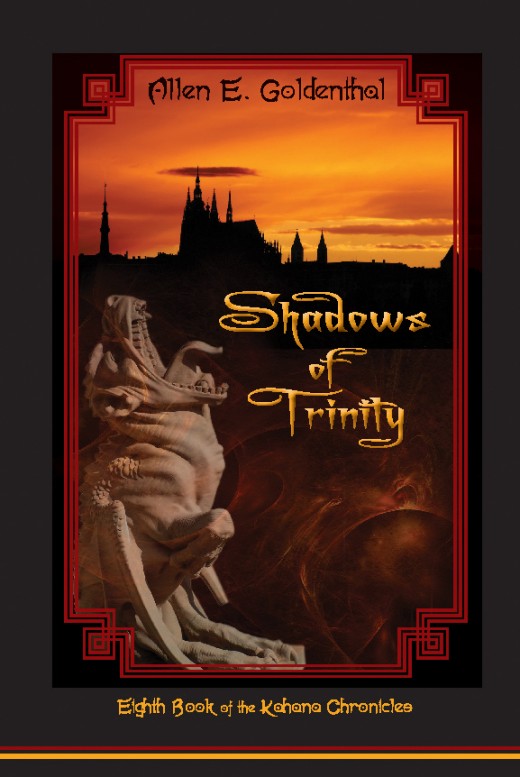
So how aware would Jakob have been regarding the events in Shadows of Trinity? Considering the letters from his ancestor Yakov Kahana would have contained some details of the events then he could have known most of the story as seen in .
Does he somehow signify this knowledge in the coverplates? Discretion would have ensured that Jakob never became too careless to reveal his true intentions or level of knowledge he may have held regarding his ancestors but at the same time he would seed his work with enough clues that in the future one of his descendants would be able to identify the trail of clues he did leave. As I mentioned, he had full editorial powers over the artwork that would be included in his book. As Shadows of Trinity and Blood Royale were both stories that contained strong references to clandestine events in France, the role of the Kahana family pivotal in both these stories and the fact that the members of the family were far more than academics but warriors that fought to the death for the survival of their people, then it would be hard to believe that Jakob would not find an opportunity to communicate his knowledge of these events. The Kahana as mentioned in other hubs are the line of descendants from Aaron via the House of Phiabi. Yakov knew this, Jakob knew this and I know this. It was obvious that I should look at the portrait of Aaron in the coverplate picture to find any hidden clues. And as I had suspected, my ancestor did not leave me looking too long as there are several.
1. The most obvious indication is the design in the platform beneath Aaron's feet. It would have been normal to include something in reference to Aaron's role as high priest. A menorah, shewbread table, the ark or something similar. If you look closely at the design there are two items. An Arabic styled scimitar or sword and an urn turned on its side. The sword which would be out of context with Aaron but not the Kahana is patently obvious, but the urn I still have to think about. If any of you have suggestions to the significance of the overturned urn, please let me know.
2. The crescent moon of the mitre on Aaron's head for those not familiar with the high priest's headdress is completely atypical of the conical mitre in white and blue that has been traditionally associated with the biblical description. For Jakob to approve a diagram so obviously erroneous meant it had to be right for a completely different reason. A reference to the family's origins around the Black Sea possibly.
3. But then altering the priests wardrobe was something Jakob was blatant about. The biblical description refers to stripes on the ephod that were gold, red and purple. Jakob would have known this. If one looks closely at the diagram they will see that he had the robe covered in Fleur de Lis. The French references are pretty obvious.
4. But there is another item on the ephod that is a mystery. Just to the right of the incence burner is what appears to be a patch in the shape of a shield. It is covered with tiny squares. There is no reference to anything like this in the bible. The only pockets on the ephod were underneath the breastplate to hold the ummim and thummim. What is it and what does it mean? Right now your guess is as good as mine.
But in conclusion it would suggest that my third great grandfather did have knowledge of the events recorded in Shadows of Trinity. http://www.eloquentbooks.com/ShadowsOfTrinity.html
